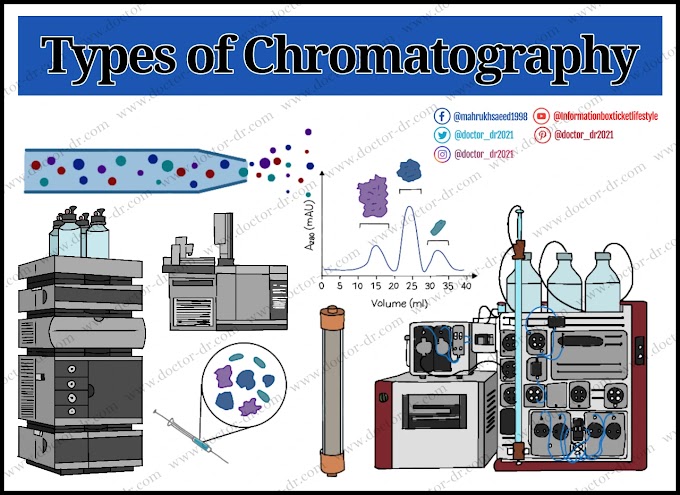- There are several species of Gram-positive, catalase-negative cocci in the genus Streptococcus.
- They do not produce spores and are not mobile.
- They are placed in pairs as well as chains of various lengths.
- Some of these, such as Streptococcus pyogenes, are human diseases, whereas others comprise the typical flora of both humans and animals.
Different criteria are used to categorise streptococci:
1. Based on the need for oxygen
- Aerobes and facultative anaerobes, like certain strains of Streptococcus
- Obligate or strict anaerobes: Peptostreptococcus, for example.
2. Brown's classification, which is based on the presence of a hemolytic pattern on blood agar
- facultative anaerobic and aerobic On the basis of their hemolytic ability or their blood agar pattern, streptococci are further categorised.
- J.H. Brown described it in 1919.
There are three types of streptococci based on this.
- Alpha-hemolytic Streptococci:
- show signs of partial hemolysis (1-2mm wide)
- Add a greenish tinge surrounding the colony and a few persistent, unhemolyzed RBCs, for example. Streptococci with viremia and Streptococcus pneumoniae
- Beta-hemolytic Streptococci:
- demonstrate a large area of total hemolysis (2-4 mm wide)
- the majority of streptococcal infections, such as pyogenes streptococcal
- Non-hemolytic Streptococci:
- Furthermore known as gamma-hemolytic streptococci
- Do not in any way provoke hemolysis
- typically not harmful, such as Streptococcus faecalis, which is currently classified in the new genus Enterococcus.
3. Lancifield classification or serological classification:
- This concept, often referred to as serological grouping, was proposed by Rebecca Lancefield in 1933.
- This system is used to categorise the majority of beta-hemolytic strains as well as certain alpha-hemolytic and non-hemolytic bacteria.
- It is based on the variation of group-specific polysaccharide antigen on Streptococci cell wall.
- There are 20 Lancifield groups of streptococci, ranging from A to V. (except I and J)
- Group A: Streptococcus pyogenes
- Group A streptococci i.e. pyogenes are further sub divided into approximately 80 serotypes by Griffith according to their specific surface proteins (M, T and R). M-protein is the most important one.
- The pathogenicity of Streptococci depends on the presence of hyaluronic acid capsule and surface M-protein.
- Group B: Streptococcus agalactiae
- Group C: Streptoccus equi
- Group D: Enterococcus
- Others (group E to V)
4. On the basis of 16s rRNA sequence:
The comparative study of 16s rRNA sequences further divides the genus Streptococcus into six groupings.
- Pyogenic group:
- Consists of predominantly beta-hemolytic species that are pathogenic in humans or animal species.
- e.g. Streptococcus pyogenes, S. agalactiae
- Anginosus group:
- Found in the human oral cavity, gastrointestinal tract and genital tracts as normal flora
- Sometimes isolated from infections
- e.g. Streptococcus anginosus, S. intermedius
- Mitis group:
- Includes several oral streptococci
- e.g. Streptococcus mitis, S. pneumoniae
- Salivarius group:
- Consists of both dairy streptococci and species found in the human oral cavity
- e.g. Streptococcus salivarious, S. thermophiles
- Bovis group:
- Inhabits the intestinal tract of several animals species and sometimes humans
- e.g. Streptococcus bovis, S. equines
- Mutans group:
- Mainly colonize tooth surfaces of humans and a number of animal species.
- e.g. Streptococcus mutans, S. ferus
5. Shermann’s Divisions (On the basis of physiological characteristics):
- Sherman made the suggestion in 1937.
- He classified streptococci into the following four groups based on hemolytic response, group carbohydrate antigens, and phenotypic testing (mainly fermentation and tolerance tests):
- Pyogenic division:
- beta-hemolytic strains that are present and have specific group antigens (A, B, C, E, F, and G)
- This split of the streptococci is comparable to the serological classification-based identification methods used today.
- e.g. pyogenes streptococcal
- Viridans division:
- included strains of streptococcal bacteria that weren't beta-hemolytic or tolerant of high pH growing conditions.
- They did not thrive at 10°C and could not tolerate salt.
- The majority of them are typical human upper respiratory tract flora.
- Lactic division:
- strains utilised in the production of dairy products are included.
- not connected to infections in people
- mid-1980s, it was reclassified as the genus Lactococcus.
- These groupings don't hemolyze.
- e.g. Lactococcus
- Enterococci division:
- may flourish in broths with a high pH and can stand up to a lot of salt.
- has a broad temperature range for growth (10 to 45 °C)
- They are the typical intestinal flora of humans, such as Enterococcus



~1.webp)

.webp)


